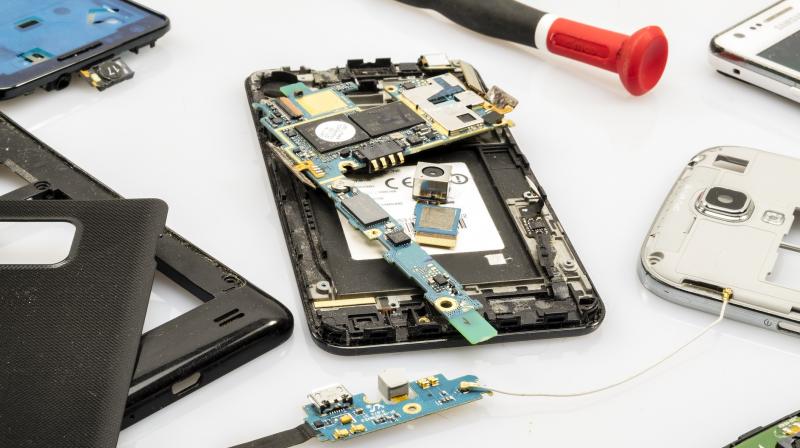Third-party service centres: Key to India's growing smartphone market?
Most renowned smartphone brands in India are relying on outsourcing after-sales service to retain existing customers with quality services.

While buying a smartphone, one of the most important criteria that pops up in mind immediately is the quality of after-sales service. After-sales service decides the fate of every smartphone manufacturer, no matter how good their smartphones are. Especially in a highly populated country like India, OEMs need to provide after-sales service across urban and rural areas alike.
One easy way to deal with this issue is simply outsourcing the after-sales service to a third-party service provider, which is already been followed by most brands in India. All the OEMs need to do is supply parts to them and leave the hassles of dealing with the customer to the service provider. However, retaining existing customers is key to brand building and leaving a third-party service provider to handle existing customers in the way the brand wants is a difficult task.
Brands such as Apple, Samsung, Google, Xiaomi, OnePlus, Nubia and some others have been using B2X as their prime client for after-sales service. We got in touch with B2X and got to know about a world that consumers frequently interact with but have a limited knowledge of the challenges they face.
Opportunities in smartphone customer care industry in India
The Indian smartphone industry is growing by leaps and bounds. As per IDC’s latest study, over 347 million smartphones were shipped in the first quarter of 2017, higher by 4.3 percent from the same period last year. India currently has a smartphone user base of over 300 million. But, only 10 percent of total smartphones sold go for after-sales service. Therefore, opportunities are enormous and with smartphones becoming more affordable, market penetration will grow, tagging the customer care industry.
Do people trust on a third-party service provider?
Most people are well aware of the issues that they could face if they get their devices repaired in a grey market centre. B2X India is an authorised partner of leading OEMs like Apple, Samsung, Xiaomi, Google, OnePlus and Nubia amongst many others, and they assure of original replacement parts, shorter turnaround time, no loss on OEM guarantee of the device and 3-month guarantee on all repairs amongst other services.
Why aren’t third party service providers known by their own name?
The service providers represent their brands on the service side and they need to advertise the brands of their OEM clients so as to make people aware of the brands they service.
How is the point-of-interaction made to deliver for both the brand and the consumers?
An employee/service store manager is the first point of contact that a customer makes when they visit an authorised service centre to get a phone repaired. Customers are bound to be in two minds if they aren’t well-attended by the service team. Therefore, staff training, as well as development, is of utmost importance and the behavioural aspect accompanied by technical knowledge is critical while managing customers.
What special requirements does an Indian consumer look for?
All consumers across the globe have more or less the same set of requirements when it comes to smartphone servicing and repair. Across the globe, users expect a short turnaround time for smartphone repairs. But in the past couple of years, Indian users have become more aware of disadvantages of servicing their smartphones from grey market service centres. But at the same time, they look for convenience such as pick and drop service, which the B2X brand provides for all its customers in certain areas, along with certain enhanced premium services especially for India.
Where does the future lie for third-party service providers?
As the digital dependency of users grows, consumer’s expectations around service increase. The B2X Smartphone and IoT Trends 2017 study revealed that in India, one-third of Millennials look at their phone more than 100+ times a day versus 6.7 percent of baby boomers. And more than half of Millennials look at their phone more than 50 times a day, double the rate of baby boomers. In India, 29 percent of Millennials spend more than five hours on their smartphone each day and six in 10 Millennials spend at least three hours compared to 41.6 percent of baby boomers. These statistics make it clear that turnaround time for servicing has to improve further, as users expect their devices to be serviced within 48 hours.
Also, with an expanded presence in tier 2 and 3 cities via walk-in centres, the reach of today’s convenience has improved. This enables brands and manufacturers to save costs of setting up single-brand service centres in these markets by sharing the repair centre and overhead with other brands. They also help comparatively newer brands to expand more quickly by having a service infrastructure in place.
A Deccan Chronicle Exclusive Report

